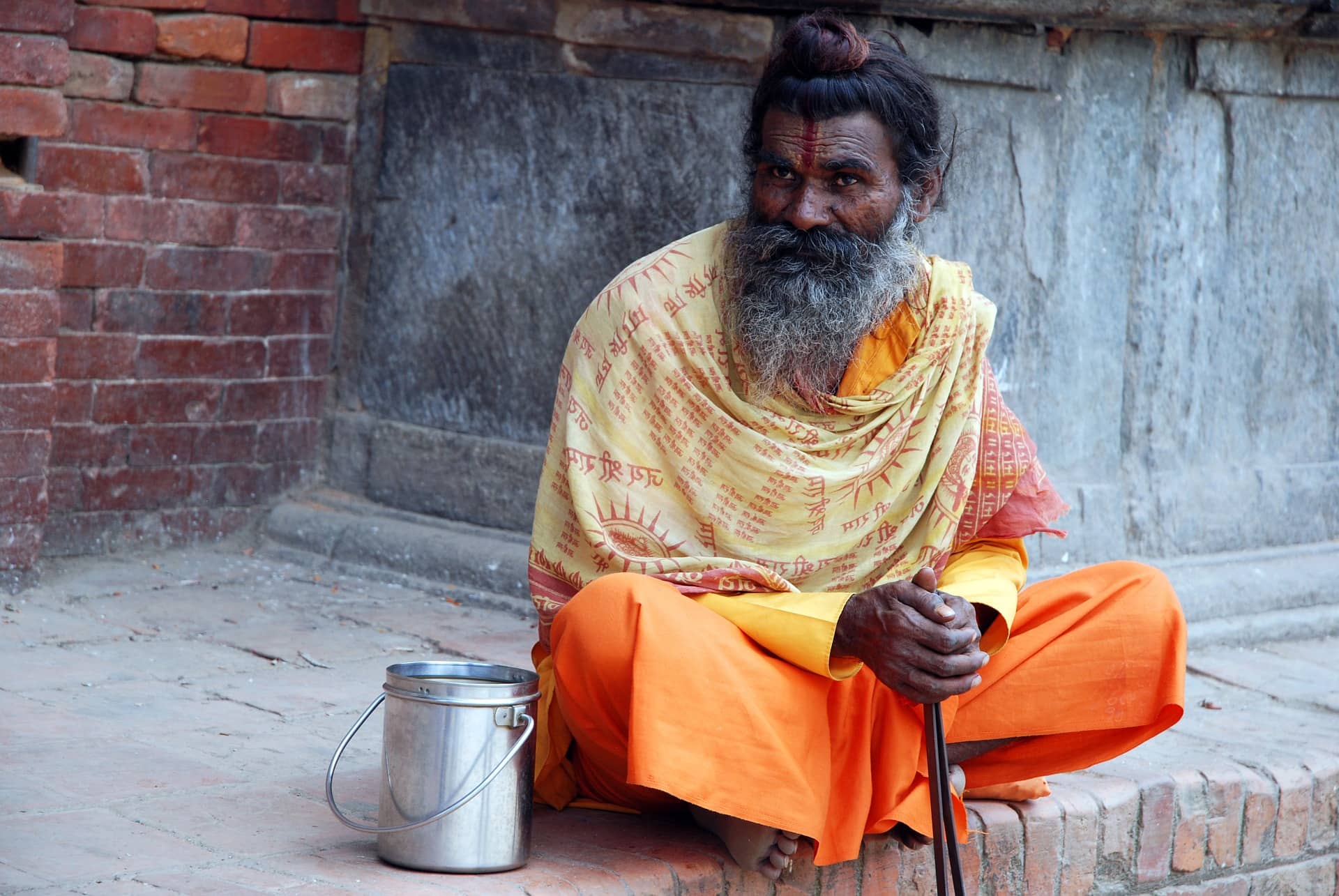 "When I joined engineering, there were only seven girls in the whole engineering college," she told me during an interview that I had with her in 1997. "I was the first girl to go into aerospace engineering. The department chair kept trying to channel me into electrical or mechanical, and I thought this is weird, why is he trying to do that?"
Finally the professor got the message that she was determined to pursue aerospace engineering and he would tell his other students, all males, "She's here because this is what she wants to do."
After obtaining a degree in aeronautical engineering in India, she came to the U.S. to pursue degrees in aerospace engineering. When she applied to the NASA astronaut-training program, there were 2000 applicants, out of which only 23 were chosen. She was selected as an astronaut in 1994, going on her first mission was in 1997. She became an American citizen and was married to freelance flight instructor Jean-Pierre Harrison, who shared her passion for flying and music.
Given her upbringing, it's perhaps no suprise that Kalpana Chawla delighted in diverse music. Her many spiritual tapes included the Sufi chants of Nusrat Fateh Ali Khan, the sacred music of flutist Hari Prasad Chaurasiya, and the ragas of sitar maestro Ravi Shankar. In 1997, she brought the ragas on board her first shuttle flight. According to her husband's web diary about January's STS-107 mission, Chawla selected 20 CDs to take aboard with her on the trip, including Sufi singer Abida Parveen, Yehudi Menuhin, Midori, Deep Purple, and Steve Vai.
"When I joined engineering, there were only seven girls in the whole engineering college," she told me during an interview that I had with her in 1997. "I was the first girl to go into aerospace engineering. The department chair kept trying to channel me into electrical or mechanical, and I thought this is weird, why is he trying to do that?"
Finally the professor got the message that she was determined to pursue aerospace engineering and he would tell his other students, all males, "She's here because this is what she wants to do."
After obtaining a degree in aeronautical engineering in India, she came to the U.S. to pursue degrees in aerospace engineering. When she applied to the NASA astronaut-training program, there were 2000 applicants, out of which only 23 were chosen. She was selected as an astronaut in 1994, going on her first mission was in 1997. She became an American citizen and was married to freelance flight instructor Jean-Pierre Harrison, who shared her passion for flying and music.
Given her upbringing, it's perhaps no suprise that Kalpana Chawla delighted in diverse music. Her many spiritual tapes included the Sufi chants of Nusrat Fateh Ali Khan, the sacred music of flutist Hari Prasad Chaurasiya, and the ragas of sitar maestro Ravi Shankar. In 1997, she brought the ragas on board her first shuttle flight. According to her husband's web diary about January's STS-107 mission, Chawla selected 20 CDs to take aboard with her on the trip, including Sufi singer Abida Parveen, Yehudi Menuhin, Midori, Deep Purple, and Steve Vai.
Chawla occasionally visited Hindu temples in California's Bay Area and in Houston, as well as Sikh gurudwaras. A diehard vegetarian, she kept to her convictions even in outer space, and NASA provided her with meatless meals. She once jokingly recalled to a reporter that the NASA doctor who interviewed her after an X-ray had asked if she was a vegetarian. When she said she always had been, the doctor told her that he knew that to be the case because "Everything inside is so clean."
According to Bhaskara Rao Mutyala, a board member of the Sri Meenakshi Temple in Houston, her family attended a memorial at the temple where seven lamps were placed on a stage, one for each astronaut; Chawla's father lit her lamp. The temple ceremony included recitations from the Bhagavad Gita.
The memorial service at the Johnson Space Center included tributes to Chawla which evoked her sense of the spiritual power of space travel. NASA administrator Sean O'Keefe recalled: "Last Wednesday, as the Columbia crew was circling the globe, Kalpana took a rest from her duties to take in the stunning view of the earth at sunset. She told us at the flight desk that the entire earth and sky could be seen reflected in the retina of her eye. She called her crew mates to come over to see this amazing sight."It is this image of the Columbia crew joyfully joining Kalpana to see our beautiful planet reflected in their friend's eye that we will remember and treasure forever."

